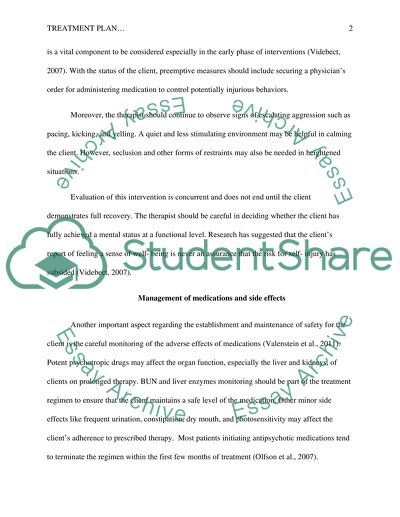Cite this document
(“Treatment plan for Paranoid- type Schizophrenia Case Study”, n.d.)
Retrieved from https://studentshare.org/nursing/1393580-case-study
Retrieved from https://studentshare.org/nursing/1393580-case-study
(Treatment Plan for Paranoid- Type Schizophrenia Case Study)
https://studentshare.org/nursing/1393580-case-study.
https://studentshare.org/nursing/1393580-case-study.
“Treatment Plan for Paranoid- Type Schizophrenia Case Study”, n.d. https://studentshare.org/nursing/1393580-case-study.


